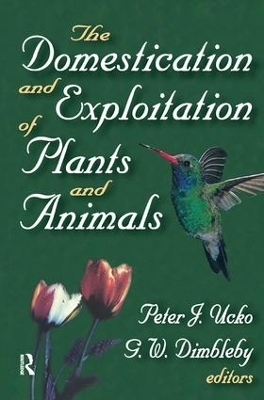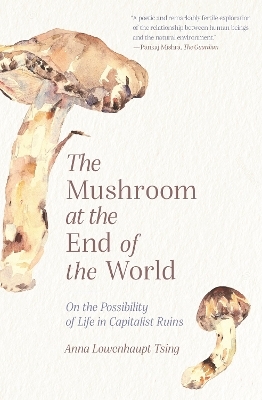
The Domestication and Exploitation of Plants and Animals
Routledge (Verlag)
978-1-138-53523-7 (ISBN)
This volume results from presentations at the Institute of Archaeology, London University, discussing the domestication and exploitation of plants and animals. Workers in the archaeological, anthropological, and biological fields attempted to bridge the gap between their respective disciplines through personal contact and discussion. Modern techniques and the result of their application to the classical problems of domestication, selection, and spread of cereals and of cattle were discussed, but so were comparable problems in plants and animals not previously considered in this context.
Although there were differing opinions on taxonomic classification, the editors have standardized and simplified the usage throughout this book. In particular, they have omitted references to authorities and adopted the binomial classification for both botanical and zoological names. They followed this procedure in all cases except where sub-specific differences are discussed and also standardized orthography of sites.
G. W. Dimbleby
I: Origins of domestication; 1: Environmental background; Agricultural systems, ecosystems and the origins of agriculture; The ecological background of plant domestication Introduction; Geological opportunism; Reflections on prehistoric environments in the Near East; The progenitors of wheat and barley in relation to domestication and agricultural dispersal in the Old World; 2: Patterns of exploitation; The silent millennia in the origin of agriculture; Origins and ecological effects of early domestication in Iran and the Near East; Wild mammals and their potential for new domestication; Evidence for vegetation changes associated with mesolithic man in Britain; II: Methods of investigation; 1: Domestication and exploitation of plants; The indirect evidence for domestication; A note on cereals in ancient Egypt; Pollen grains of Gramineae and Cerealia from Shanidar and Zawi Chemi; The archaeological evidence for the domestication of plants: methods and problems; Evidence from phylogenetic relationships of the types of bread wheat first cultivated; History and ethnography of some West Indian starches; Fruit size variability of Swiss prehistoric Malus sylvestris; 2: Domestication and exploitation of animals; The genetical implications of domestication in animals; Archaeological problems and methods of recognizing animal domestication; The use of non-morphological criteria in the study of animal domestication from bones found on archaeological sites; Animal husbandry; Methodology and results of the study of the earliest domesticated animals in the Near East (Palestine); The uses and limitations of differences in absolute size in the distinction between the bones of aurochs (Bos primigenius) and domestic cattle (Bos taurus); A metrical distinction between sheep and goat metacarpals; Animal domestication and animal cult in dynastic Egypt; III: Regional and local evidence for domestication; Early domestic animals in India and Pakistan; Early cultivated plants in India and Pakistan; The problem of the introduction of Adansonia digitata into India; Carnivore remains from the excavations of the Jericho Tell; Some difficulties of interpreting the metrical data derived from the remains of cattle at the Roman settlement of Corstopitum; Plant remains and early farming in Jericho 1; The pattern of animal domestication in the prehistoric Near East; Animal domestication in the Neolithic cultures of the south-west part of European U.S.S.R.; Early cereal cultivation in China; Early cereal cultivation in China; IV: Studies of particular taxonomic groups; 1: Plants; The origins of yam cultivation Introduction; The origin, variability and spread of the groundnut (Arachis hypogaea); The domestication of chili peppers; Evolution of American Phaseolus beans under domestication; Some domesticated lower plants in South-east Asian food technology; 2: Animals; The domestication of the horse; The exploitation of molluscs; The Mesopotamian onager as a draught animal; The domestication of the ferret; Changes in the fleece of sheep following domestication (with a note on the coat of cattle); V: Human nutrition; Human nutrition: evolutionary perspectives; Dietary variation and the biology of earlier human populations; Archaeology and the nutritionist; Conclusion; Conclusion
| Erscheinungsdatum | 05.09.2017 |
|---|---|
| Verlagsort | London |
| Sprache | englisch |
| Maße | 152 x 229 mm |
| Gewicht | 453 g |
| Themenwelt | Sozialwissenschaften ► Ethnologie |
| Sozialwissenschaften ► Soziologie | |
| ISBN-10 | 1-138-53523-0 / 1138535230 |
| ISBN-13 | 978-1-138-53523-7 / 9781138535237 |
| Zustand | Neuware |
| Haben Sie eine Frage zum Produkt? |
aus dem Bereich


